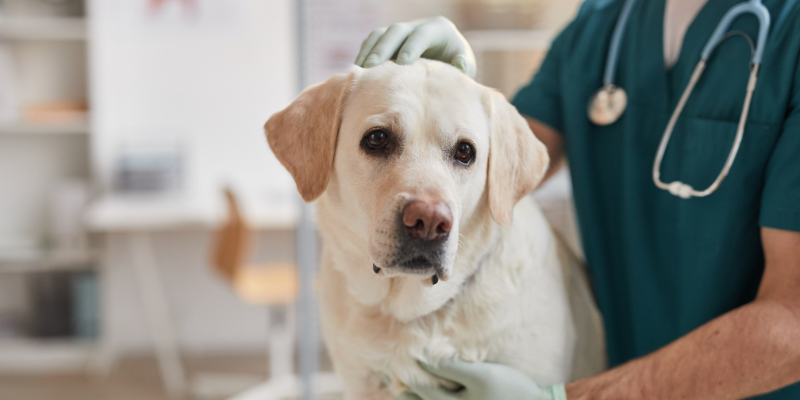This month, we’d love to celebrate some of the less glamorous but still essential jobs our vets do to help keep patients comfortable and well.
Here are our team’s top 3 “icky but important” veterinary tasks:
Anal sac expression
The anal sacs (also called anal glands) are two scent gland-lined pouches located internally on either side of the anus of dogs and cats.
Whilst anal sac fluid usually drains via small ducts when the animal passes a bowel motion, the sacs can sometimes get blocked. They may become swollen, uncomfortable, and even infected when this happens.
If your pet has anal sac problems, they may show symptoms such as swelling right near their anus, or they may scoot their bottom along the floor.
Our vets address anal sac problems through manual anal sac expression or (in more severe cases) using sedation or anaesthesia for surgical drainage.
Clipping and cleaning hot spots
Hot spots are localised areas of skin inflammation that can rapidly become oozy, infected, and painful. Pets with thick coats are more likely to develop hot spots like those with underlying skin or ear allergies.
Hot spots are best treated by clipping the surrounding fur so our vets can gently clean the irritated area of any discharge. Our vets then dry the area and treat it with topical medications (or oral medications for more severe cases).
Smelling your pet’s ears
Veterinary staff are (fortunately/unfortunately?) familiar with the unique bouquet of skin and ear infections. As a result, as part of a general health check of your pet, we may smell their ears to check for suspiciously funky smells that suggest a problem.
They may be considered yucky jobs, but when it comes to helping a pet in need, our dedicated vets are prepared to go there!

